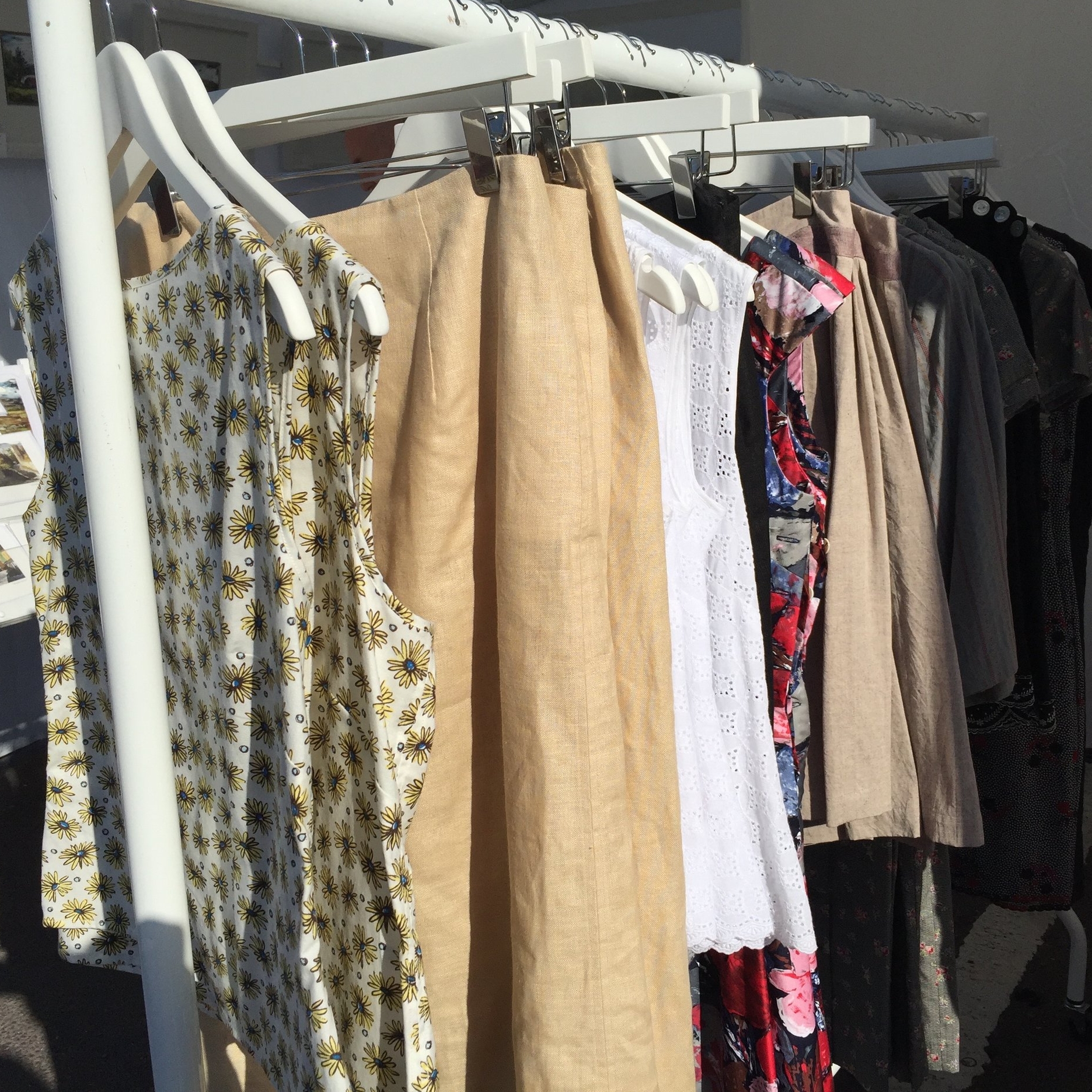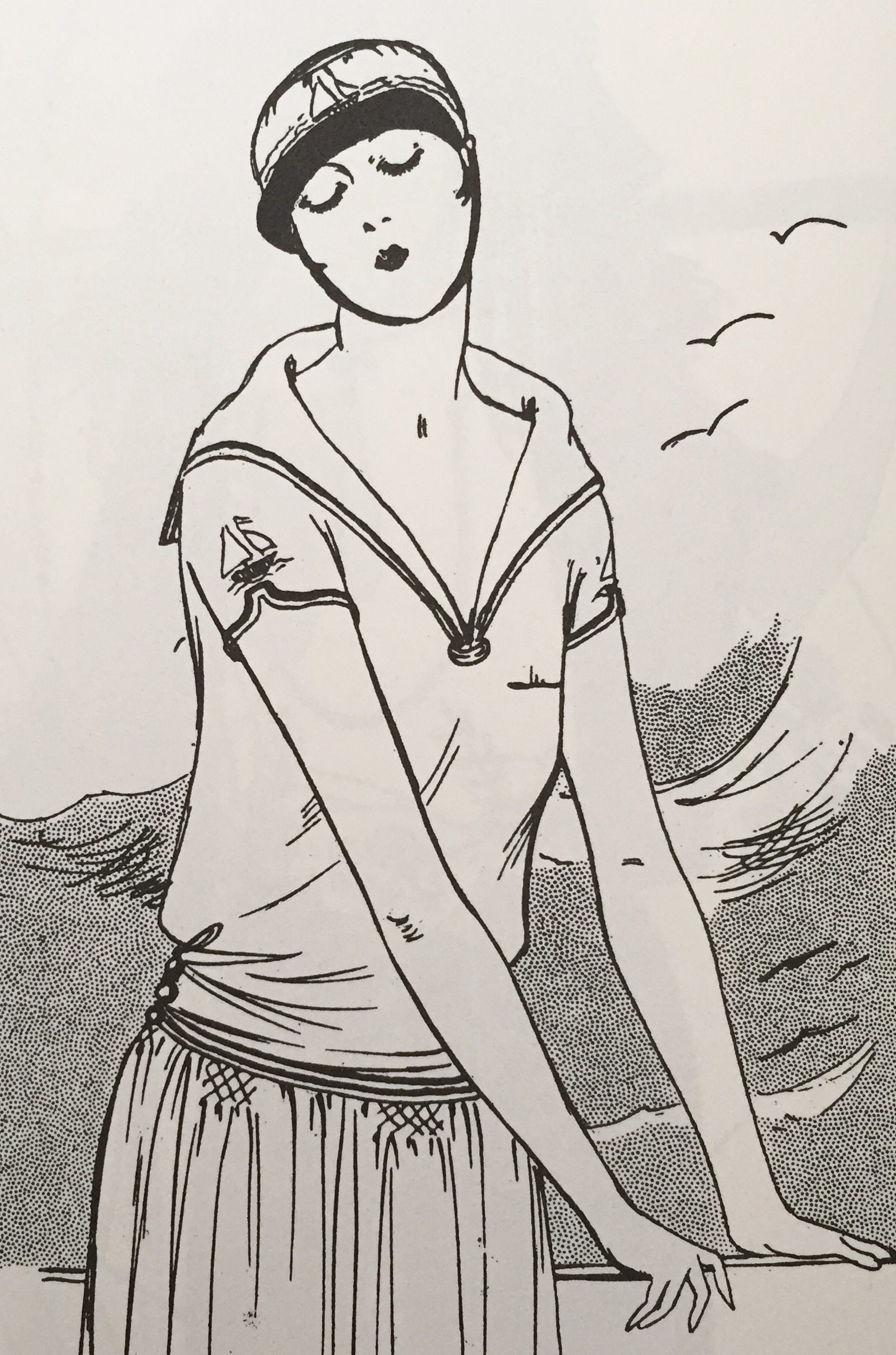Sewers (as in someone who sews) are often exceptional collectors of fabrics, trimmings and buttons and we have cherished relationships with our respective collections. I realised long ago that the enjoyment I get from acquiring new supplies and imagining what they could be made into is almost as fulfilling as completing the finished piece. Visualising options – so may possibilities! - is a necessary part of the design and planning process. It might look like daydreaming to some, but there's a lot going on behind those faraway eyes.
My own selection habits have had to sharpen up, taking into account how garments made in different fabrics have to hang together as at least some kind of coherant collection. I've had to broaden my gaze as I'm not only choosing shades that I'm personally drawn to, I need to consider colours that suit other complexions and tastes. Still, I find myself experiencing that magpie twitch when faced with a gorgeous sample of fabric or exquisite button. I'm improving at resisting the temptation of buying without knowing quite what I'm going to do with it. Without a plan, these compelling new supplies are both charged with opportunity and a rueful reminder of that already over high fabric pile.
Recently, a couple of likeminded textiles addicts have offered me lengths of fabrics that they, too, have hoarded over time. With the proviso that I'll only use natural fibre fabrics, I've acquired a new stack of small amounts of irresistible fabrics. Interestingly, these unplanned adoptions are less emotional than the ones I make on my own. Alone, I fall for colour combinations I rarely see, prints that evoke something from the past or a novelty that I think I'll never come across again. Whereas the fabrics that have been bequeathed to me, lovely as they are in their own right, present more of a design challenge to figure out how to incorporate them. The challenge of using what I already have is not only my challenge; before buying more and more, I think it's important for all of us to remember what we already have and consider if there is a way to re-purpose or re-use before opting for introducing more new material – any kind of stuff, really - into the world. To me, a resolution is a promise you make to yourself and it doesn't need to be scheduled by the commencement of a New Year. If a resolution is to be made, then make it whenever. So, my Un-New Years Resolution is to be discerning and considered with my acquisition of the new and embrace the challenge of using what already exists.
Tamsin ✂️




















